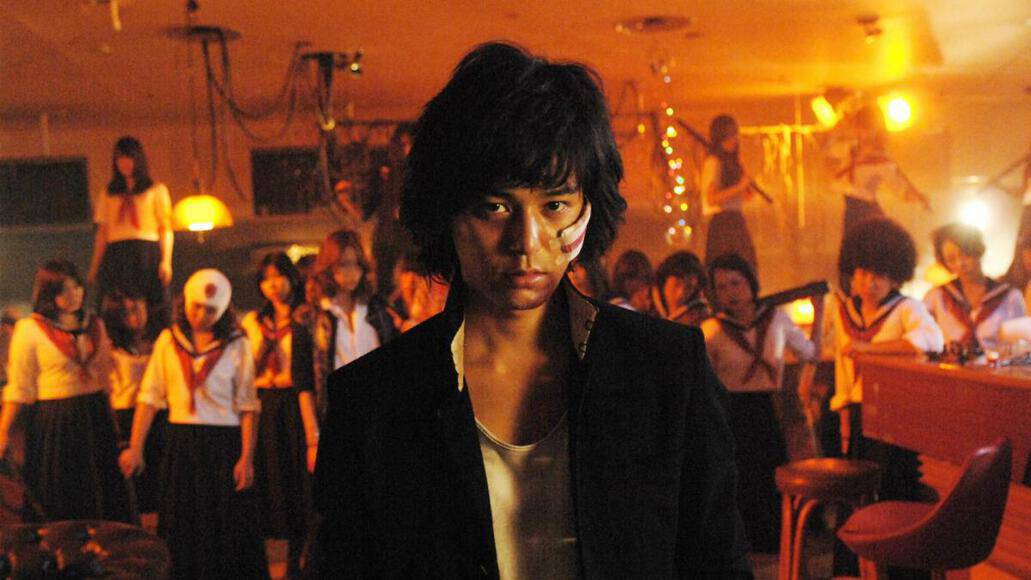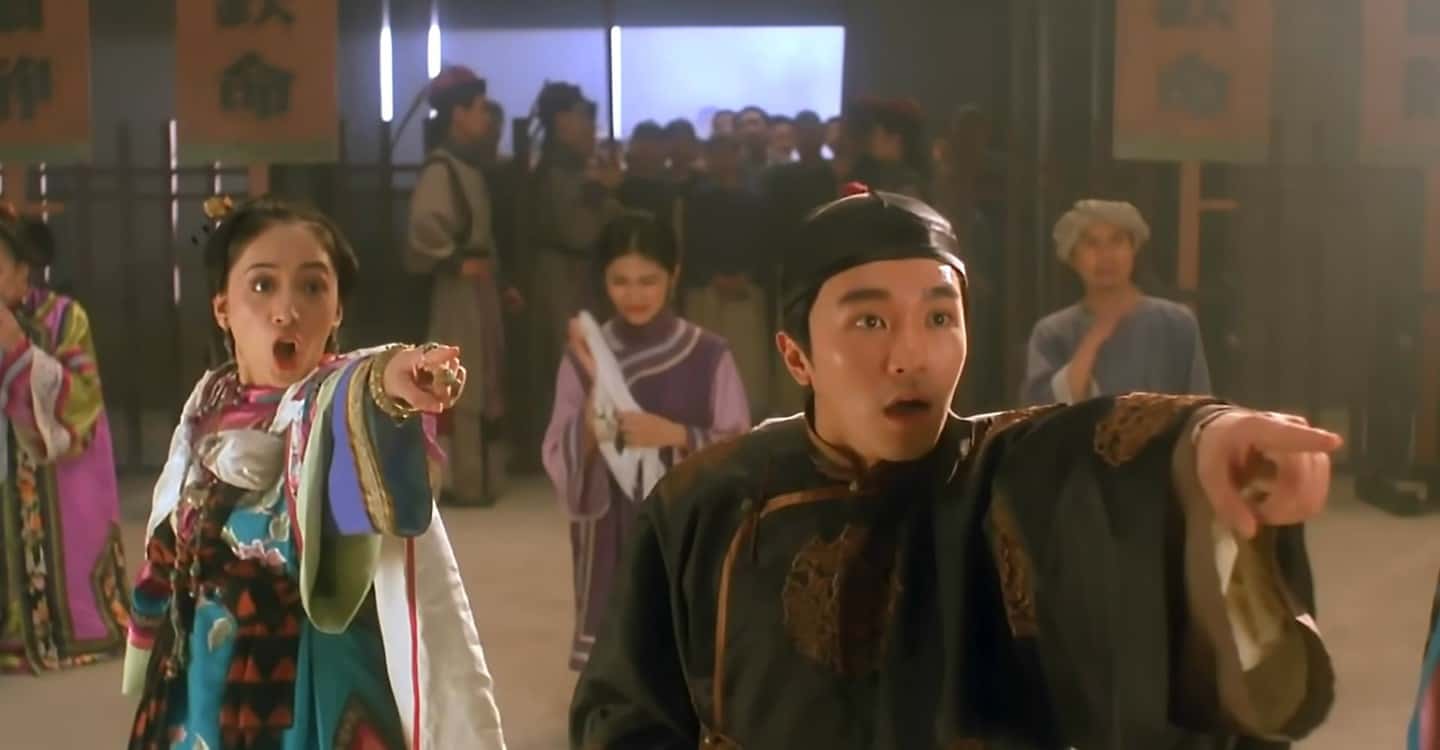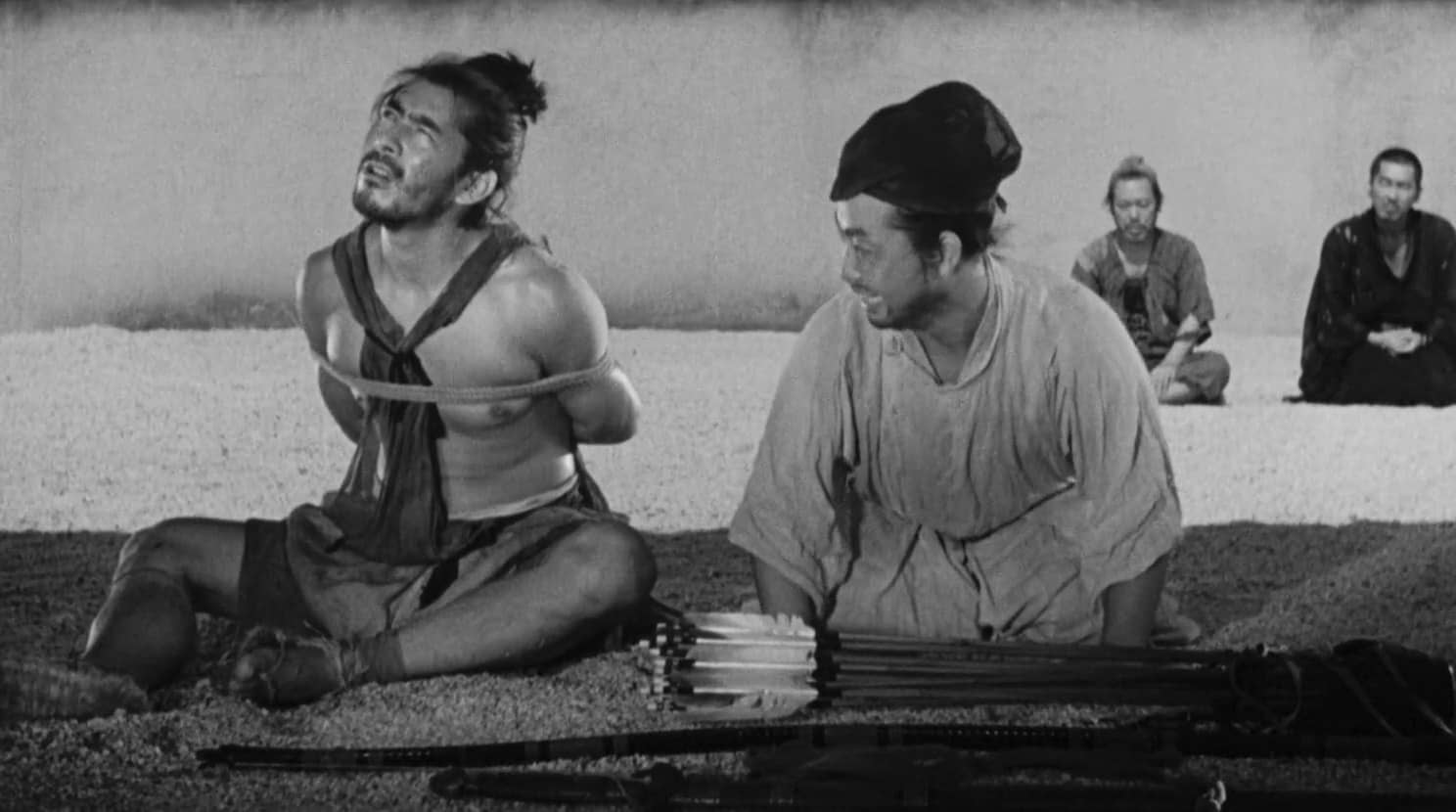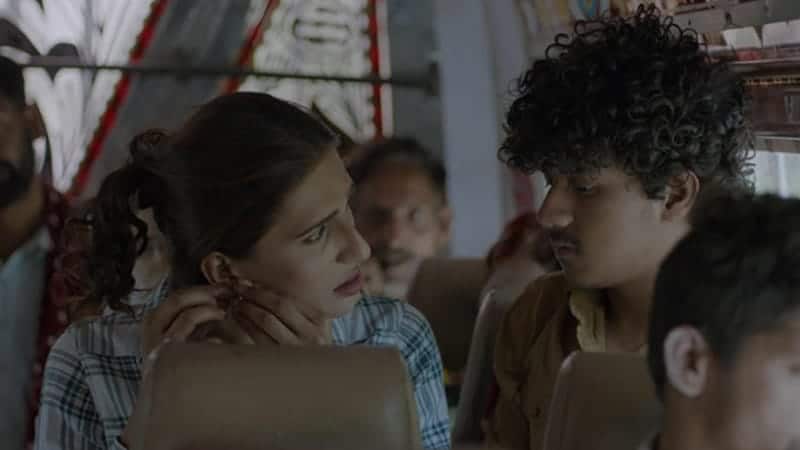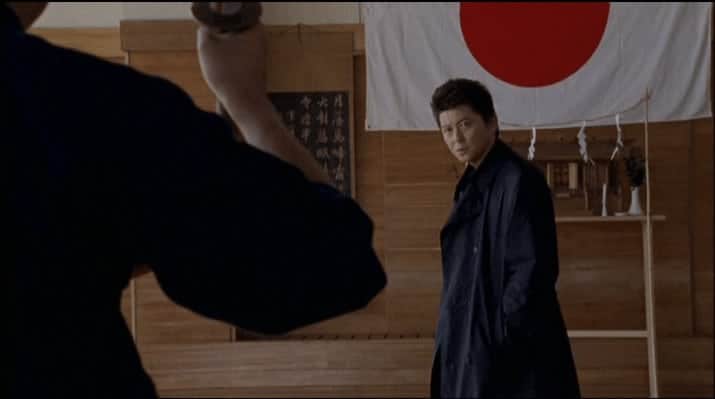Hong Sang-soo's films have a certain calm quality to them that many have tried to replicate over the years, with mixed results. So you would be forgiven for thinking that director Lim Oh-jeong, who has worked in Hong's directing department on a few of his films including “Tale of Cinema” and “Like You Know It All”, would try to replicate those qualities for her debut feature-length work “Hail to Hell”. However, this couldn't be further from the truth.
Hail to Hell is screening at London Korean Film Festival

The feature opens with a gang of students bullying Sun-woo. Shortly after, Sun-woo and Na-mi, another girl who is bullied by the same gang and the only person Sun-woo can remotely call a friend, go through a silly failed suicide attempt and decide that, instead of taking their lives, they should exact revenge on those that put them through hell. Their target becomes Chae-rin, the head bully that was the worst of the lot, who has since moved to Seoul. However, their task becomes a bit difficult when they learn that Chae-rin has become a born-again Christian, has joined what can only be described as a cult and is looking for forgiveness.
Lim takes the oft repeated subject of bullying and puts a fresh spin to it, writing and executing a narrative that is lively and with frequent moments of dry humour. The girls' journey is unpredictable and never static. Through their story, Lim talks about the nature of forgiveness and redemption, how they are connected and interchanging. This is an interesting element that works best once Chae-rin's arc also comes into play.
Check also this interview
Through her story, the feature also takes a look at the cult-like nature of such religious camps, and the criminal nature of many of those that start and run these organizations. In the final act, the movie goes through a massive tonal shift which, while completely against the flow until that point, somehow just manages to work within the overall narrative without going into ridiculous territory.
The feature greatly benefits from its two leading ladies, with both Oh Woo-ri and Bang Hyo-rin impressing as Na-mi and Sun-woo respectively. Na-mi in particular is a well-rounded, multi-faceted character and Oh Woo-ri gets ample opportunity to flex her talents. Bang Hyo-rin too is very likeable as Sun-woo, her timid yet determined nature coming across beautifully. Her “okie okie” may well go down as the catchphrase of the season. The two share a palpitating chemistry that is very endearing to watch.
Jung Yi-ju, who impressed in the few episodes she was in in the Netflix series “Juvenile Justice”, once again is cast well as Chae-rin, making it hard to read if indeed the character has reformed or not. Park Sung-hoon as Myung-ho, the deacon of the church Chae-rin is enrolled to, has the only substantial male role of the feature and he comes across as sufficiently creepy, but the ladies are clearly in the driving seat and steer the feature more than efficiently.
Much like Lim's treatment to the otherwise heavy subject, the cinematography here too takes a slightly offbeat approach, keeping the image bright and lively. If Lim fills a scene as disturbing as a teenager attempting suicide with a dash of humour, the cinematography too keeps the proceedings lively. Musical pieces are well arranged and placed at opportune places, never taking over the events transcribing on scene but filling the quieter moments pleasantly.
In the end, “Hail to Hell” ends up being an interesting and lightly impressive work that may not set the genre alight, but benefits from its unusual treatment to a subject done frequently and its two young new leads.



